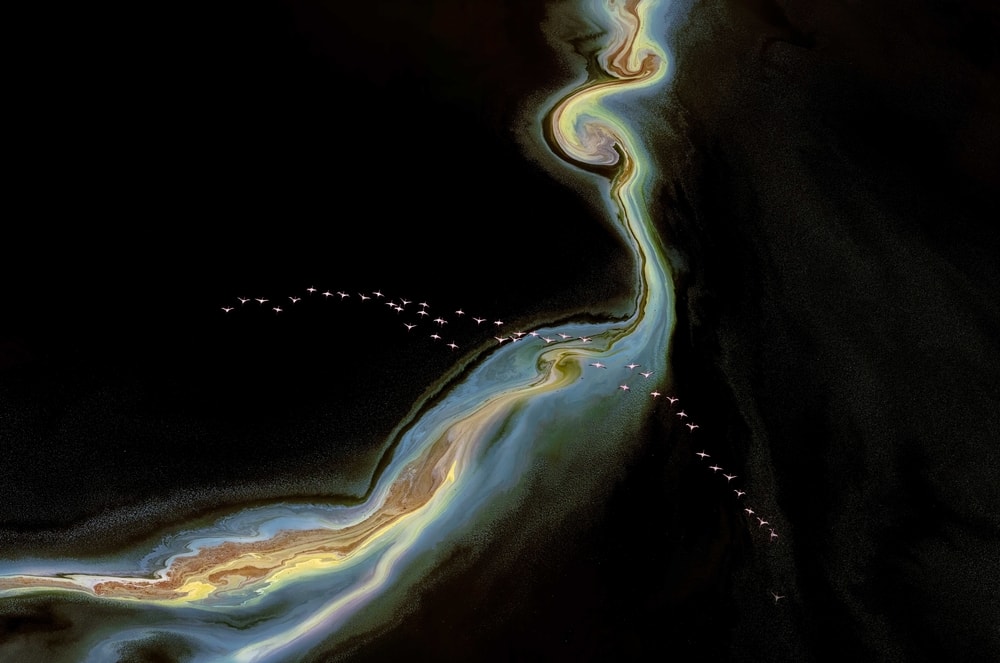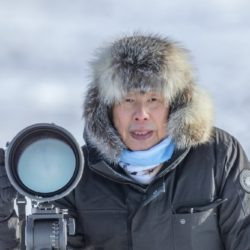Richard Li
Interview with Richard Li
TIFA 2020 Winner, 1st Place, Non-Professional Nature category – “Ribbon Dance”
Richard Li started photography after he retired from the finance industry about 10 years ago. He has since traveled around the world to numerous famous landscapes in more than 50 countries. Eventually, he found his passion in wildlife photography, as the best way to express what is in his heart.
Q: Tell us a bit about your background?
In recent few years I went to Africa more than 20 times and have captured so many stunning moments of the wildlife there. I was the overall champion winner of 126th Toronto International Salon of Photography in 2019. I won two gold, three silver and one bronze medals of the 2020 Px3 Prix de La Photographie Paris 2020. and a Runner-up of the 2020 Travel Photographer of the Year. I was the winner of 7 honorable mentions of the 2020 Monchrome Photography Award. In the 2020 Tokyo International Foto Awards, I won the first place in Nature section, a gold medal in Aerial Photography, a silver medal in Landscape Arts, as well as a top 5 ranking of the entire competition.
Q: Given that you have expressed your love for wildlife, what is the most dangerous situation you have ever had to work in?
Once in Tanzania while we were driving at a very slow speed searching for animals, a clump of black moved towards us rapidly. I was able to identify a black snake through my camera. Almost at the same time, our local driver also spotted it and his usual calm demeanor turned on a dime. He shouted “shut the windows” loudly and slammed the gas pedal. The inertia threw me into the seat while the vehicle rushed a hundred meters. Still in a state of shock, the driver explained that this was the first time he has seen a black mamba snake as gigantic as the one we saw. The black mamba is the most venomous and aggressive snake in Africa. It can raise itself to a height of two meters. Since it was the breeding season when we visited, the black mamba attacked because we might have disturbed the snakelets.
Q: What is the most difficult photo to capture?
To capture the sight of a Cheetah’s hunt must be the ultimate dream of all wildlife photographers. It is also the ultimate challenge to the photographer’s skills and patience. To get the best hunting photos of the Five Cheetah Brothers, I once followed them for consecutive five days twelve hours a day. When they finally decided to launch an attack at sunset, it was not an easy task to capture clear motions of the cheetahs pouncing on their prey at 1800 meters per minute speed in the dim light.
Q: Any rituals you practice before you start working?
It has become a habit for me to check camera settings each time before I take photos.
Q: What’s your favorite picture?
My favorite ones are the aerial photos I took above Lake Mecca and Lake Natron in Kenya. The beautiful patterns formed by minerals that often float on those two lakes are so breathtaking that you would feel like viewing different abstract paintings of fantasyland. The flocks of pink flamingos fly across to form final touches to the paintings and at the same time bring you back to reality.
Q: What has been your biggest obstacle as a photographer?
Artistic insight. The longer you explore in photography, the more you realize that it is the eye that defines the upper boundary of a photo. The techniques only define the lower boundary.
Q: When you go in one of your travels, what do you take with you? Why?
I would carry two Nikon d850, since high pixels make cropping much easier. I would also take the Multi-Power Battery Pack to enable burst mode shooting. I would carry three lenses: 24-70f2.8, 70-200f2.8 and 180-400 f4+1.4. I use telephoto lens for wild animals. I use 70-200 for aerial photography.
Q: What is the one thing you wish you knew when you started taking photos?
On each scene, I framed a picture in my head, hoping that the animals would locate themselves at the exact ideal position I framed in my head. It’s not always like that.
Q: What would you say to someone starting out in the world of photography?
More viewing and more practices are good, but the better way is to come up with more ideas. While equipment and technology are important, an artistic taste to photography is essential.

